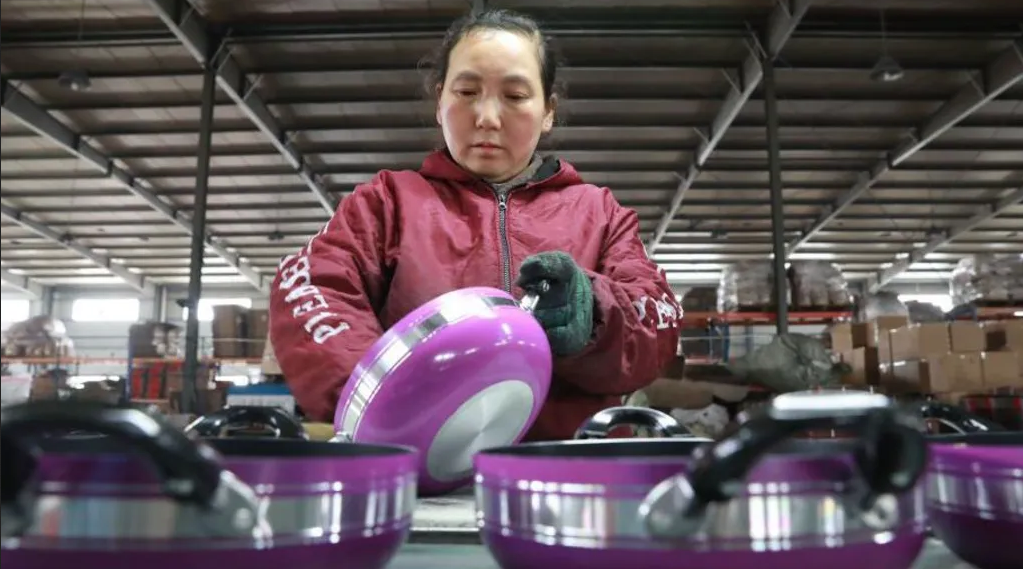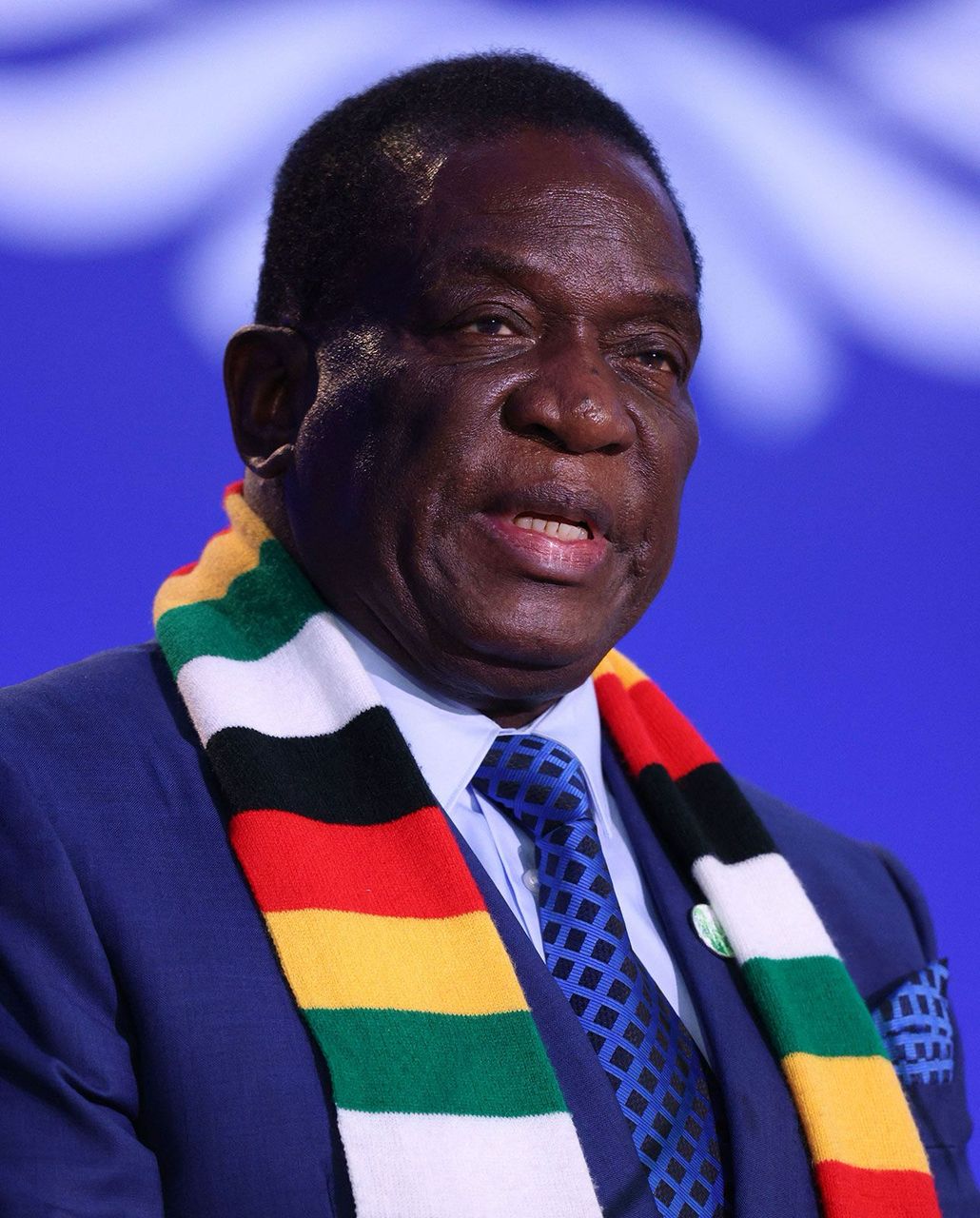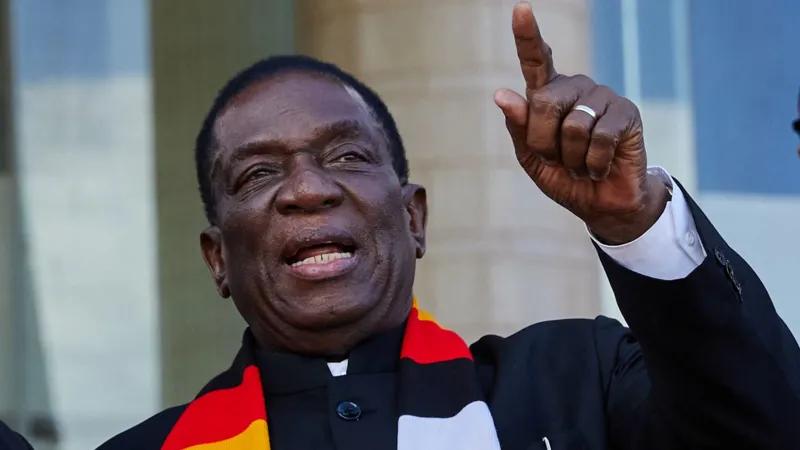Gold explorer Osino Resources has announced yet another new high-grade, greenfields gold discovery at its Eureka gold project in northern Namibia.
This is 35km northeast of its Ondundu deposit in an area of known gold deposits hosted within the inland arm of the Damara Belt.
According to an update distributed on Wednesday, Eureka is a significant gold discovery made through textbook exploration techniques in a newly evolving gold district
Dave Underwood, Osino’s vice president for exploration, says there has been no previous exploration in the area and there are no known local deposits.
“The Eureka licence was identified in 2019 as part of a regional target generation exercise based on structure and geology.
“The licence was initially explored using soil and rock chip sampling, which produced a gold anomaly at the surface,” Underwood says.
He says the first two scout holes into the anomaly intersected wide zones of gold, including 29m at 2,69g/t, from the surface.
These two holes were quickly followed up with a nine hole, step-out diamond drill programme, which again intersected gold in several holes, including high-grade shoots of 47m at 5,92g/t and 18m at 4,70g/t.
“This greenfields discovery in an area of no known gold occurrences is testament once again to the target generation ability of the Osino team and the effective, systematic exploration our team is known for.
“We have just scratched the surface of this new gold project. The mineralisation is open in all directions and there are several additional targets which remain to be drilled.
“We are very bullish about Eureka and what it could mean for the development of a new gold district, including Osino’s Ondundu project 35km to the south-west and WIA Gold’s recently discovered Kokoseb deposit a further 50km to the south-west.”
An Osino target generation exercise carried out in 2019 identified a significant bend in the Damaran stratigraphy between Ondundu, Khorixas and Outjo as being highly prospective.
The most prospective ground was secured, and regional exploration work started in the area in 2020.
In 2022, as part of regional exploration, a 200 x 200m-spaced soil sampling programme was carried out over the lower Damaran stratigraphy on the Eureka licence, as well as rock chip sampling of surface mineralisation.
Towards the end of 2022, a scout drill programme consisting of four reverse circulation holes was completed over the small area of outcropping mineralisation, with all holes drilled towards the east.
Two of the four holes intersected significant mineralisation.
During the first quarter of 2023, detailed structural mapping and rock chip sampling was carried out around the area of surface mineralisation to determine the potential structural setting and orientation of the mineralisation, as well as the relationship between quartz veining and gold.
In May, a step-out diamond drilling programme was initiated to follow the mineralisation towards the south-west, where it appears to plunge shallowly in that direction.
The gold is associated with massive sulphides (pyrrhotite, pyrite and chalcopyrite) adjacent to quartz veins.
The massive sulphides often form the matrix of a breccia, where the clasts are made up of fragments of vein quartz and country rock.
The gold mineralisation appears to be coarse-grained and nuggety, which has resulted in the assay laboratory experiencing repeatability issues.
– email: bottomline@namibian.com.na
Stay informed with The Namibian – your source for credible journalism. Get in-depth reporting and opinions for
only N$85 a month. Invest in journalism, invest in democracy –
Subscribe Now!










